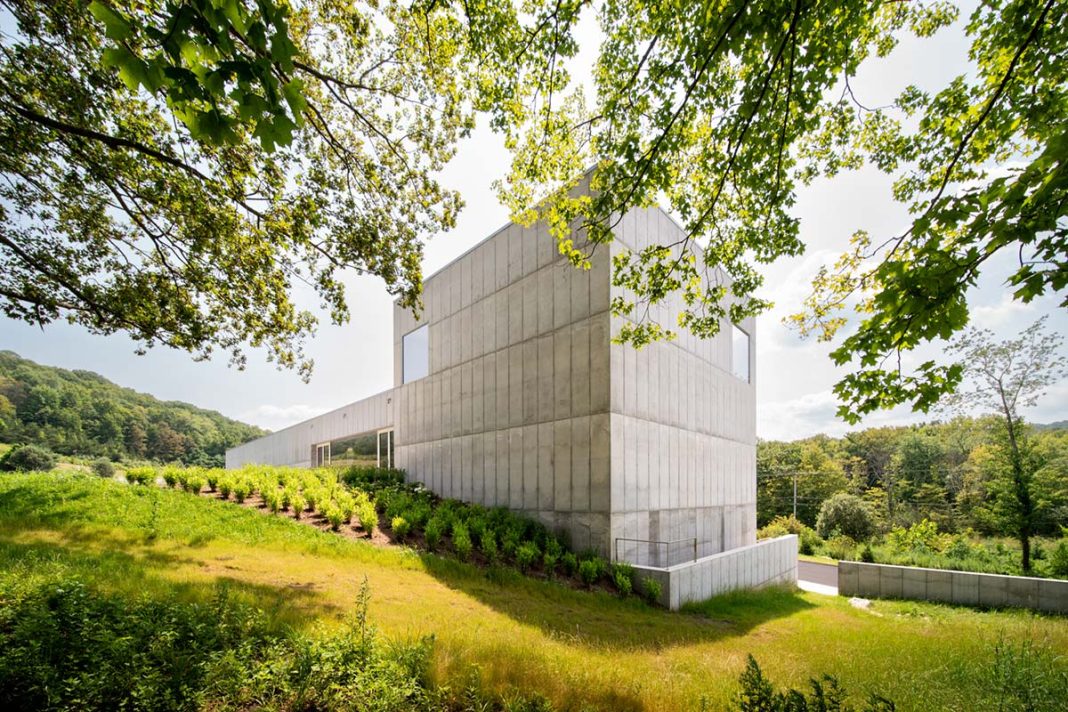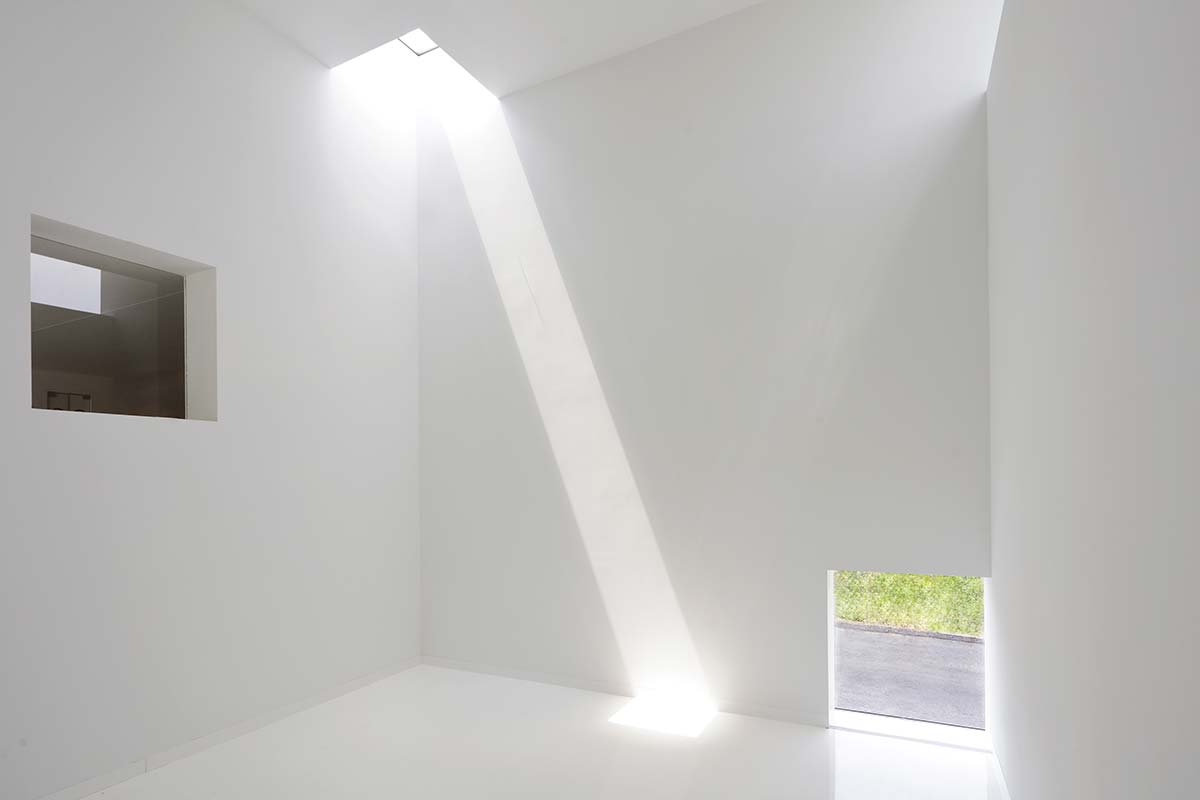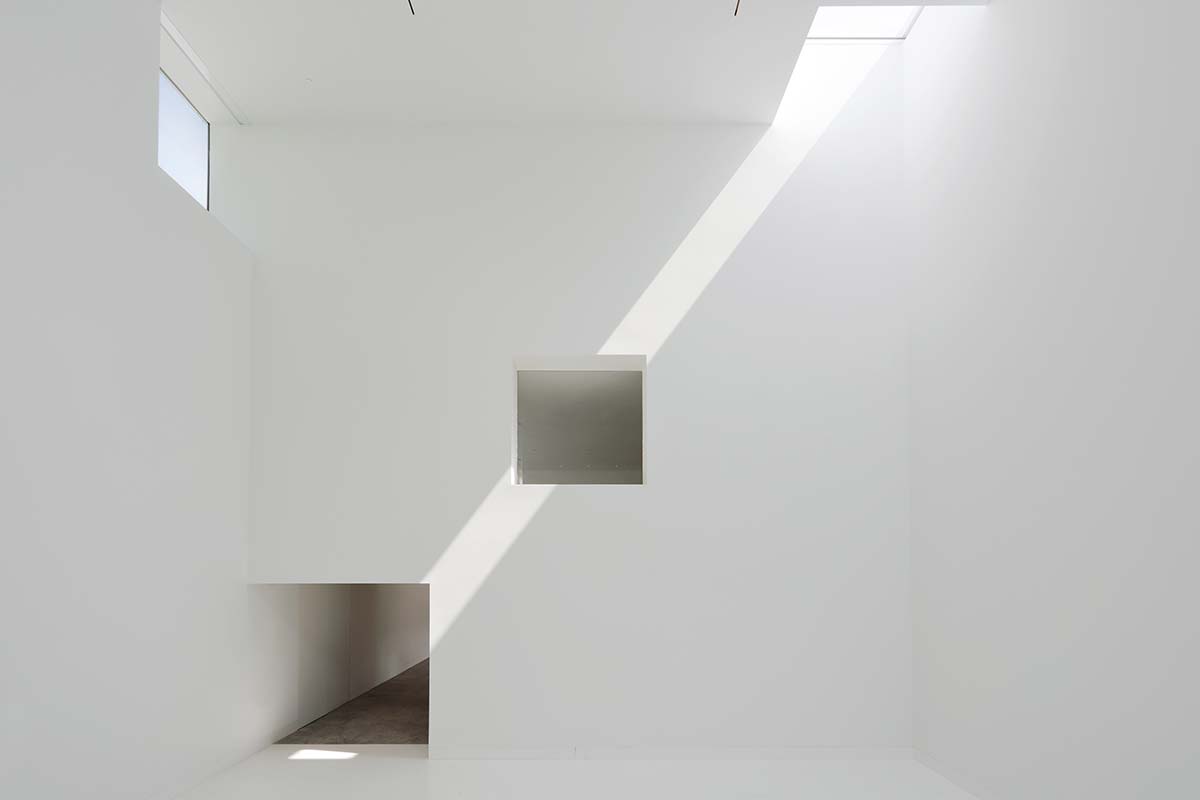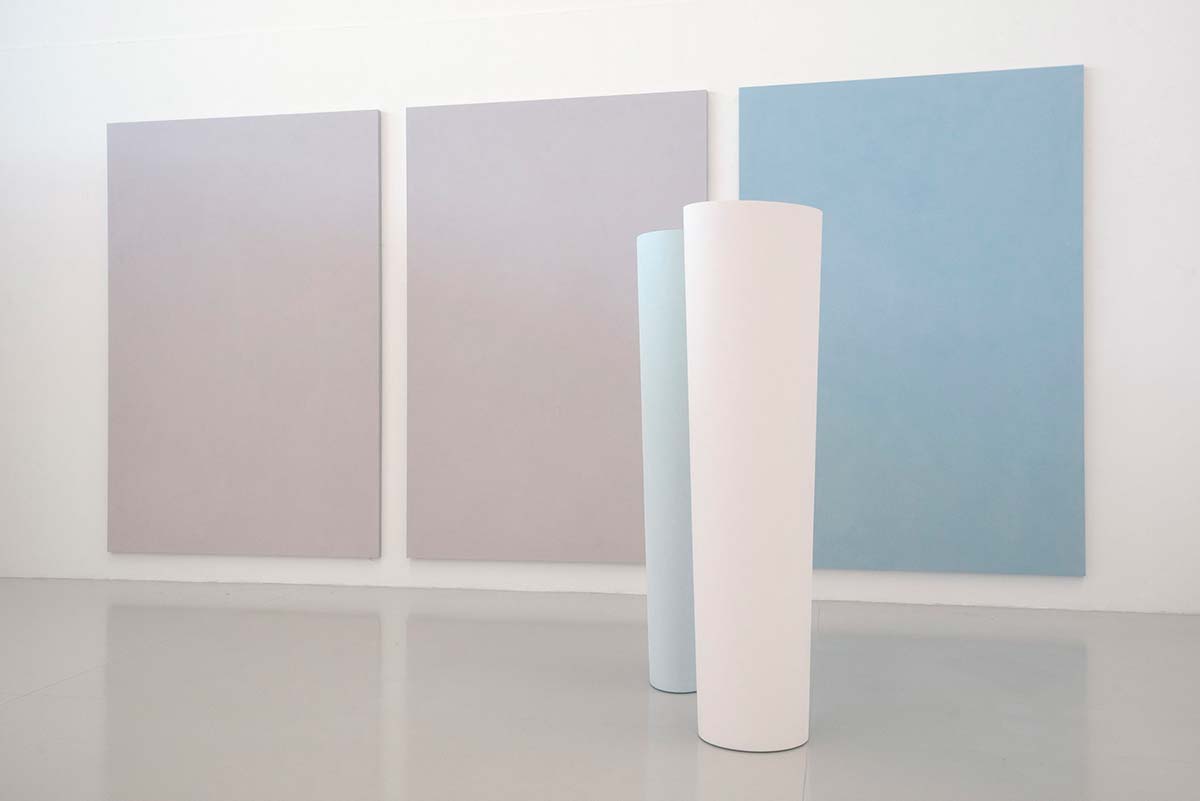
On 14 September, at Cold Spring, New York, the new pavilion of Magazzino Italian Art opens its doors, a museum and research center founded on an area of about 4 hectares by the Italo-American couple of collectors and patrons Nancy Olnick and Giorgio Spanu, with the aim of promoting Italian 20th-century and contemporary art in the United States. While the main building, opened in 2017, is located in a former warehouse reinterpreted and refurbished by the Spanish architect Miguel Quismondo, in a project that brought the founders the Dedalo Minosse Prize for commissioning a building, the new pavilion, adjacent but independent, stems from the collaboration of Quismondo with his mentor Alberto Campo Baeza, already the creator of the couple’s prestigious private residence.

With floorspace of 1200 sqm, bringing the total for the museum to 3000, and dedicated to the Nancy Olnick’s father, the new Robert Olnick Pavilion contains spaces for temporary exhibitions, an auditorium/multifunctional hall, a café run by the Milanese chef Luca Galli, and a bookshop in which it is possible to purchase examples of Italian contemporary decorative arts (Murano glassware, Sardinian pottery, jewelry).


The heart of the new pavilion is the elegant minimalist isotropic hall designed by Alberto Campo Baeza, who explains: “We built the Robert Olnick Pavilion like a poem: a white cube traversed by light. The space embraces the beauty of the artworks displayed within, and the isotropic design, pierced by an opening in each corner, will allow every detail to be grazed by magnificent natural light.”
Constantly changing, the light transforms the space into a sundial capturing the flow of time. The essential character of the space reveals the use of industrial materials like concrete, creating an ideal site for the display of contemporary art and design. In terms of function, the new pavilion permits Magazzino to present multiple exhibitions at the same time, while increasing the programming of events and activities for the public. The opening, in fact, is subdivided into three exhibition episodes.


While the show Mario Schifano: The Rise of the ‘60s, produced in collaboration with Archivio Mario Schifano and curated by Alberto Salvadori, is the first institutional exhibition in the States to offer a complete overview of the artist’s work in the decade 1960-1970, Marino Barovier is the curator of the project Carlo Scarpa: Timeless Masterpieces, a tribute to the fabulous collection of Venetian glassware gathered by Olnick and Spanu starting at the end of the 1980s, now one of the most important in the world with 596 works, of which 156 are by Scarpa.
Barovier has selected 56 pieces, including the series Pasta vitrea and the famous Battuti, created over the time span 1926-1947 and the result of collaboration with the M.V.M. Cappellin & C. and Venini glassworks. The items are examples of the tireless process of experimentation with techniques and forms that informed Scarpa’s approach to the Venetian tradition. Finally, the direct collaboration of Alberto Campo Baeza with Fondazione Ettore Spalletti and Alberto Salvadori has led to the project Ettore Spalletti: Words of Color, featuring five large works for the opening of the isotropic hall.
Photo © Marco Anelli, Werner J. Hannappel, Tommaso Sacconi, William Mulvihill, courtesy by Fondazione Ettore Spalletti, Magazzino Italian Art, MQ Architecture








